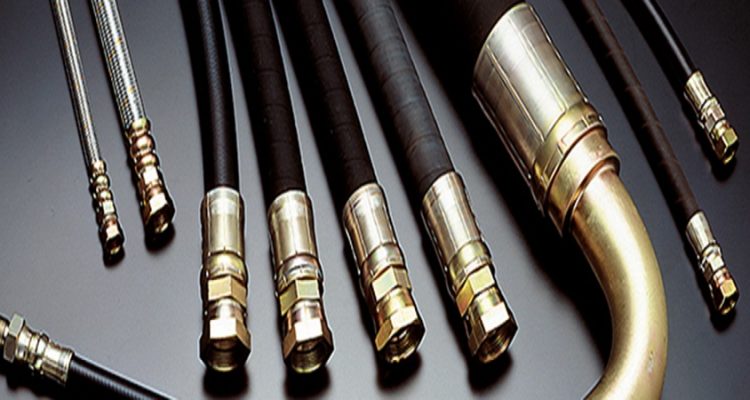Industrial hoses are useful things for a wide variety of applications, particularly in closed systems and machinery such as hydraulic systems; however, industrial hoses and hose assemblies can deteriorate over time from daily use, particularly if the hoses move in irregular ways in applications or are subjected to extreme variations of pressure. As a result, the wear of a hose is inevitable. This can lead to a significant amount of money being spent on repairs and replacements.
So, how can businesses and industries fight against damages to hose assemblies and, subsequently, their machinery or equipment? Here in this article, we will look further into some of the preventative measures available to help protect and look after your industrial hoses and hose assemblies.
The first is to give your hose some well deserved slack, don’t have it tightly fitted to the assemblies, give it room to manoeuvre and move as freely as possible without the potential for causing damage. That way there is no excessive tightening on the hose that may be detrimental when under extreme pressures. Depending on the size of the industrial hose, it should be between a sixth & a half the length of the hose again on top of your hose. This is all well and good, however, but what if there’s not much room for manoeuvre for the industrial hoses?
Hose and cable carriers are used. These are either metallic or non-metallic, and are designed to add further support to an industrial hose when it is stretched or contracted. They are a series of interlinking bolts and holsters that expand and contact when the hose expands or contracts. What the hose carriers do is to slow down the speed of the hose movement, making it more rigid to the fluid or gas going through it, and generally making it last longer.
Metallic ones also protect against abrasions and debris penetrating the hose better than non-metallic, but non-metallic hose carriers doesn’t affect the hose efficiency as much. As such, a general rule of thumb would be to use non-metallic hose carriers in enclosed assemblies, and metallic hose carriers in open hose assemblies.
To tell when your hose has become damaged or if it may be detrimental in a short amount of time, look for a drop in the efficiency of the system, equipment, or machinery. If there is a noticeable drop in efficiency, then you can be sure that somewhere in the system there is a leak. To fix, simply feed the hose assembly out of the hose carrier, and replace accordingly. This can be achieved through a professional, experienced hose management company who specialist in the detection of microscopic damage to industrial hoses and hose assemblies.
For purchasing new or replacement hose assemblies, especially if you are based in the United Kingdom, research your nearest hose management company. These specialists will be more than willing to provide you with as much information as you require when purchasing your industrial hoses and hose assemblies, as well as the necessary equipment to test your existing hoses. Protecting your industrial hoses to provide as much as possible is the best way to ensure longevity and subsequently, saving both time and money.


